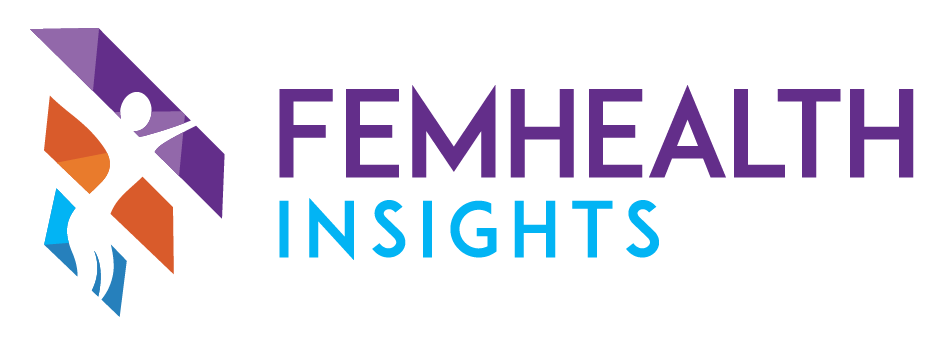Predicting the Future to Prevent Disease: Study Finds AI Algorithms Accurately Predict 5-Year Risk of Breast Cancer
Written by Dr. Brittany Barreto, Ph.D., Founder & Chief Innovation Officer, FemHealth Insights
If breast cancer is identified in stage I, the patient has a 98 to 100 percent chance of survival. Those are the same odds as not getting pregnant while taking oral contraceptives as prescribed. And yet, approximately 42,500 lives are lost each year in the United States to breast cancer. Could AI help prevent these deaths by predicting the 5-year risk of breast cancer?
The Study
A recent study published in Radiology shows that five AI-based algorithms are capable of predicting the 5-year risk of breast cancer based on the mammogram and clinical factors of the patient. This is the first time AI has predicted the long-term risk of cancer and could be a critical tool in reducing breast cancer deaths. The predictions were statistically significantly more accurate than the Breast Cancer Surveillance Consortium (BCSC) risk model, which is the tool relied on by healthcare professionals to calculate a female patient’s risk of breast cancer within the next five years.
Researchers performed a retrospective case-cohort study of 13,628 patients who were negative for breast cancer in 2016 and of which 193 were positively diagnosed by 2021. They found that the AI algorithms had significantly higher discrimination of breast cancer risk with an AUC of 0.09 for interval cancer risk and 0.06 for overall 5-year risk. This means that AI can predict the future risk of cancer for up to 5 years when no cancer is clinically detected in mammography. The results showed that AI predicted up to 28% of cancers versus 21% with BCSC. These are substantial and clinically meaningful improvements in prediction.
The Potential of AI
AI is identifying breast tissue features that we may not yet understand or be able to see and use to predict future cancer development. AI sees things we do not do on the mammogram and is finding complex patterns and relationships that we have not yet discovered.
The authors conclude that radiologists should combine their standard risk assessment tools, such as BCSC, with predictive AI to improve risk prediction for patients. These predictions will change the way that the patient is monitored. A high-risk score for interval cancer may lead to a recommendation for a second reading of mammograms, supplementary screening like MRI, or short-interval follow-ups.
We can learn a lot from these algorithms, like what features they are identifying that indicate a risk of cancer. Could this change how we image the breast? The researchers did not have enough data to statistically validate this finding, but the data suggested prediction accuracy fluctuates based on the manufacturer of the mammography machine, Hologic vs. GE Healthcare.
Predictive AI algorithms could be extremely beneficial for treatment planning as well. We may be able to determine if a certain type of chemotherapy or combination with surgery would be the best treatment plan for a specific patient. The suggested treatment would be based on patient data that physicians may not have thought was relevant and features in medical images we may not have seen with the naked eye. This is an excellent example of how AI can optimize healthcare screening, diagnosis, and treatment in a way that will improve patient outcomes.
Barriers
Unfortunately, the eradication of late-stage breast cancer depends on screening and access to healthcare. Only 67% of women over 40 in the US had a mammogram in the last two years, with Asian and Hispanic women having the lowest rates. One of the biggest barriers to screening is health insurance, with only 42% of uninsured women having had a mammogram within the last two years.
Predictive AI should also be used to locate and advocate for the women that miss their mammograms. Can predictive AI identify who is most likely to miss their mammogram and why? Can it tell us which programs would be the most beneficial for specific communities, such as providing free transportation versus free childcare at the clinic? A task force for these individuals could allow for more effective programs with consistently higher rates of screening and, thereby, significantly fewer cases of breast cancer in a community.
About the Author:
Dr. Brittany Barreto, PH.D., is founder and Chief Innovation Officer at FemHealth Insights. Every day, Brittany dedicates her work to advancing women’s health innovation by equipping key stakeholders with data-driven insights and strategic advice on the FemHealth market. She is also host of the FemTech Focus Podcast - the number 1 femtech podcast globally.


